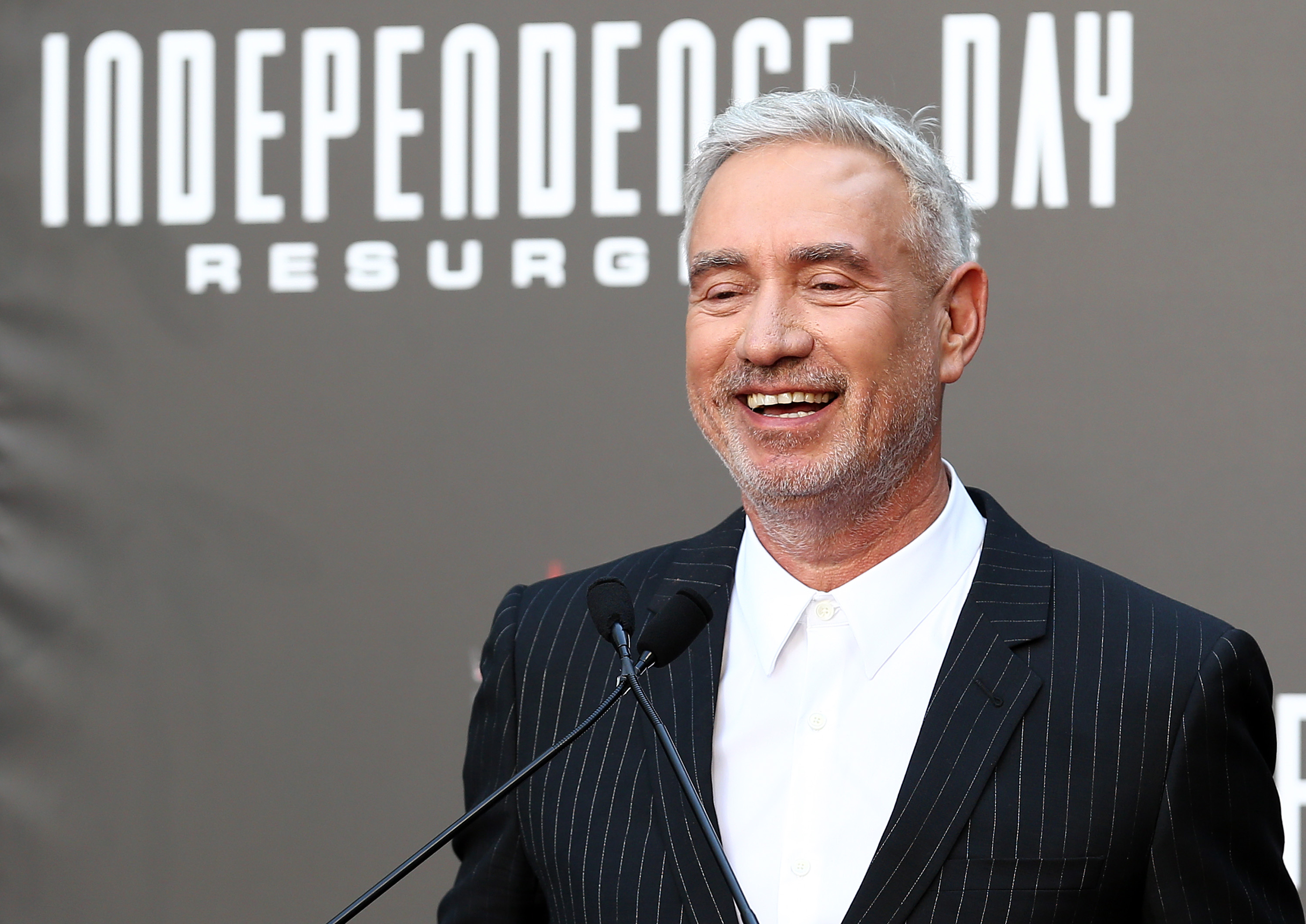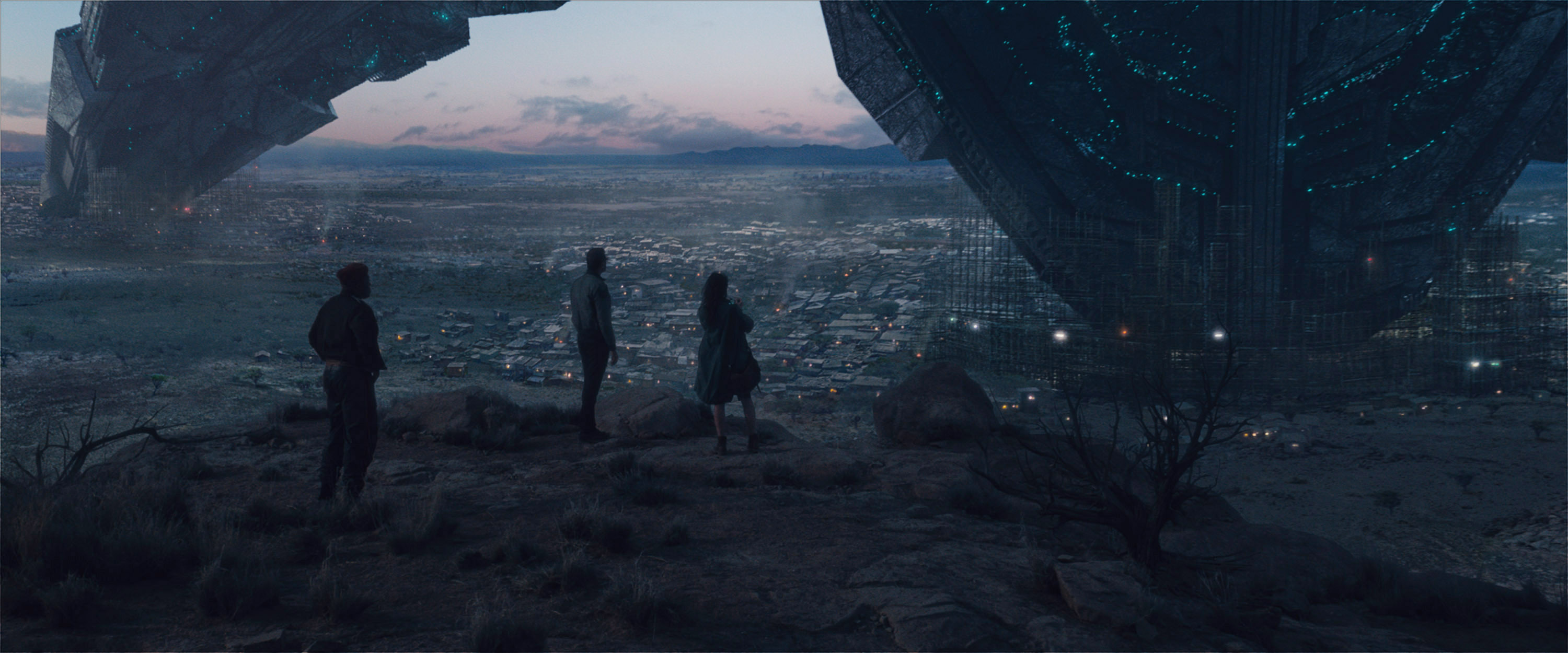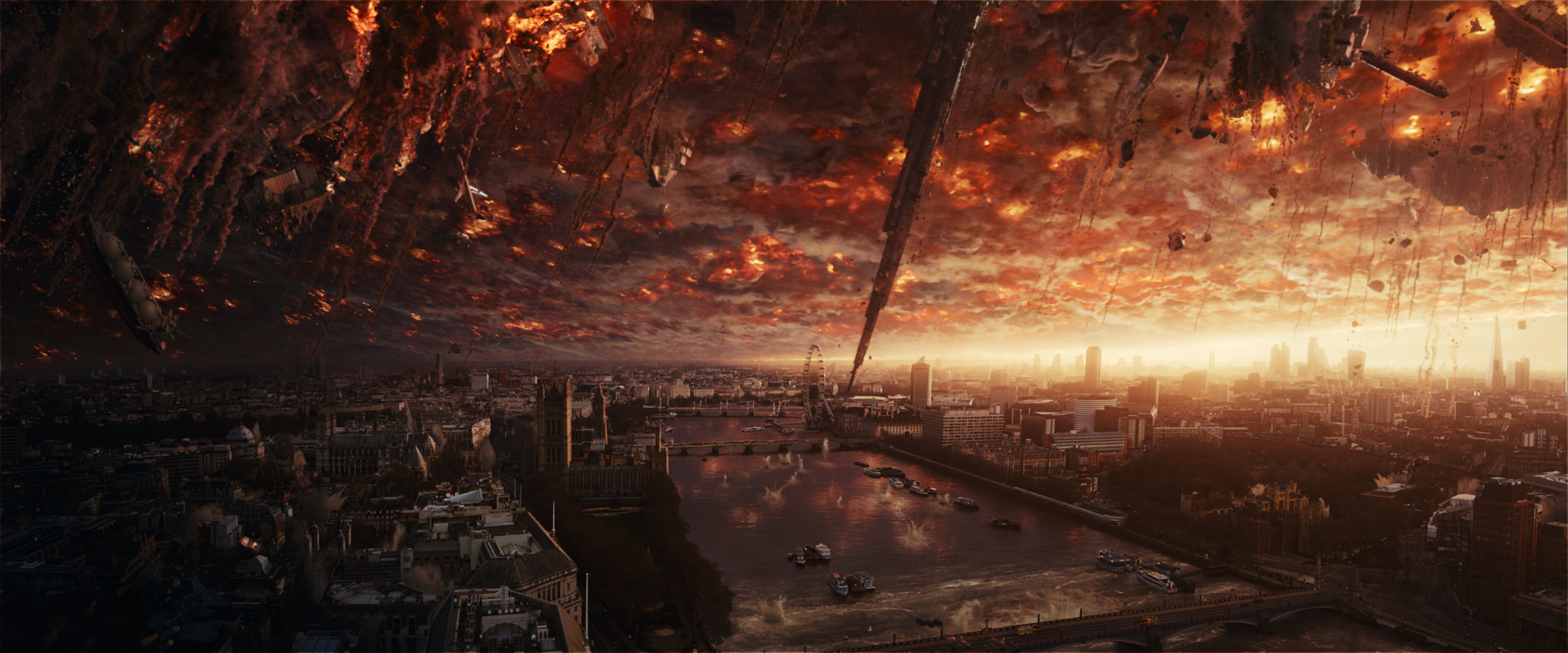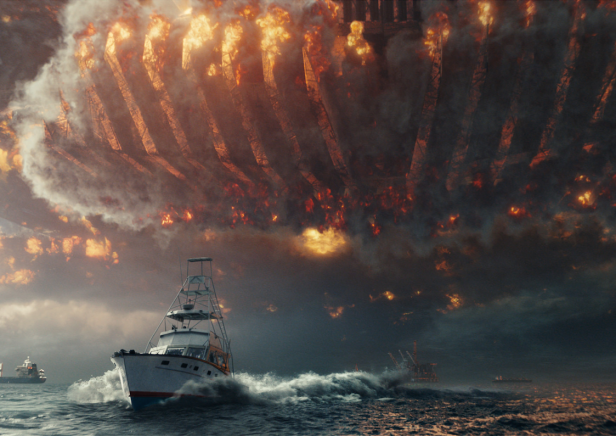When you think of big-screen destruction on a worldwide scale, Independence Day immediately comes to mind.
Following in its footsteps, Independence Day: Resurgence upped the ante in fittingly bombastic fashion, taking the carnage worldwide. Bye bye London.
To mark the home entertainment release, we spoke to director Roland Emmerich and visual effects supervisor Volker Engel about the biggest challenges, the scenes that missed out and how they followed up the tough act that was Independence Day…
What were some of the main changes in terms of the locations and technology in the film?
Roland Emmerich: In 1996, at the time Area 51 was the most secret place on Earth, and naturally what we had to do is say what happens 20 years later. What actually happened to Area 51 was it became the centre of alien technology – it becomes like a technology center of the world, and because of that it has enormous importance in our film, and most of our film is actually shot there.
It’s 20 years later, and it’s a long time since the original attack, and the world has changed, so what we did is uses alien technology and utilise it for our needs. And to build something on the Moon or anywhere in the world, they developed these machines – flying forklifts – and that’s how the Moon Tug was created. We had 50 different version until we figured out this is how it has to look.
Did you have to cut a lot of scenes in the process of editing Independence Day: Resurgence?
Roland Emmerich: What we try always to do in this movies is we’re constantly going back and forth on what stays in and what goes out. It’s a long process, and we always had this idea to start on this moon, Rhea, because it’s the inciting incident, but during testing we realised people were confused, because there was the Earth moon and Rhea moon, and it was all kind of jumping around a little bit too much. With great regrets we had to lose that scene. We also wanted to make it our title sequence, and that’s how the movie was supposed to have opened. But it’s on the DVD, and I think it’s a great show-and-tell of how sometimes the movies change during the editing process.
Whenever you mention Independence Day, people ask, “Well, will the White House be destroyed?” [laughs] When we were making the movie, constantly people were asking will it get destroyed or not. We had a friend of mine – a conceptual artist from Austria, Johannes Mücke – who came up with this idea of how he would actually have a way to destroy the White House, and he came up with something kind of cool in a way. So what we did actually, we produced it nearly fully finished, and then when we had to make the final decision, that was the last scene we cut out, because we kind of thought it was a little bit on the nose – too funny in a way.

The special effects tools have developed since you shot the first film. Was there something in particular that you used that proved to be especially helpful?
Roland Emmerich: When we started designing this film, we realised very fast that because it’s 20 years later, most of the stuff has to be done on blue screen, and because every object, every plane, every helicopter looks different there was not anything there what we could shoot real.
Also, we had this enormous hangars everywhere, and outside areas were kind of all these aircrafts standing around. So what you do in these cases is you shoot everything in blue screen, but there’s this new technology now that helps you visualise and frame called NCam. It shows a 3-D representation most of the time in previs quality – it’s very helpful to see on one monitor how it will roughly frame with visual effects. I use it more and more, I think it will be used more and more and there are other systems but it’s very important today. I’m very much about how I frame my images, and it’s very helpful.
How long did it take to complete the special effects for Independence Day: Resurgence?
Volker Engel: The whole duration of the making of the movie, which was 20 months. There are shots that took a very long time, not 20 months but sometimes, 8 months or even 12 months to complete from the very first previs version to the finished shot.

How did the technology of special effects change?
Volker Engel: On the first one we had some fun with really interesting setups – Toys ‘R’ Us cars rolling towards the camera, for example. Don’t get me wrong, it was still complicated in the end to compose these digitally together, and not everything was done in camera, but we always tried to do as much in camera as we could.
The famous image of the Statue of Liberty and the shadow of the spaceship coming towards it – we actually asked the guys from the electrical department to back up their truck, and the shadow falls over the Statue of Liberty. That’s how hi-tech that was.
What were the main ideas that you developed in this one?
Volker Engel: The interior of the alien mothership. Very early on, Roland had the idea to come up with those four pieces that look like rice fields down there, because there were definitely plants inside. It looked swamp-like, that was important for the story.
For the alien queen look, we got the images that WETA Company from New Zealand finished or produced, which looked somewhat with our initial ideas about what she would look like.
Aaron Sims Creative did some alien designs. We took some cues from those, but eventually we went back to the first movie when it came to the alien design, because I think also there’s a legacy with the first movie. Later, the company Image Engine in Vancouver took over and created these aliens – this version had a couple more joints in the legs.
There were some talks at the very beginning to maybe have some shots done at the Spaceport, which is Richard Branson’s venture, but we didn’t go back to it.
Company Scanline created the burning legs of the alien mothership. You have to build every single asset – there’s nothing being shot for real; everything is created in the computer to have this full flexibility. Also, there had to be the right amount of smoke and glow off of the ship entering Earth’s atmosphere while in the background gigantic chunks of the planet are rising up and eventually also falling down. Immense computing power was needed for all of that.
What is your favourite scene in the film?
Volker Engel: Everything starts with a simple idea based on the script and discussions with Roland early on. I tried to figure out what is it actually that the queen does on the salt lake (during bus chase).
We drew two lines – the red line was the queen, and the pencil line was the bus that tries to outrun the queen. This I showed to the previs artists so they would get the idea of what is happening at what point, and then we would start with something, and Roland got involved early on and told them what needed to be changed, and we started editing these pieces.
The storyboards were not as important as they used to be, because we do so much with a moving image already in previs.

And the most challenging part?
Volker Engel: Roland wanted to show that Washington DC that doesn’t exist. It was destroyed in the first movie, so it was fantastic that Johannes Mücke, who worked on some other design pieces, already had an architectural background, so he had a real understanding of cities.
We have this parallel universe, so to speak, with the Washington monument and different references of existing but modern buildings. There was the decision made by Roland very early on that the White House stays the White House – there’s no reason to change the design for that, although the Capitol we made a little bit larger. For these shots, everything had to come together. It’s always so dangerous to look at these making-of pieces, because it makes it look so simple – all these pieces come flying in, and then you have your shot.
Of course, again it was probably half a year until all those separate pieces had been built. We put it together and composited it together, and first version was shown and the revisions made until the light looks right. Johannes analysed all old photos from the first film of the mothership, and came up with a 2.0 version, using the old design pieces and adding something new to it.
You clearly had fun with destroying the main cities on Earth…
Volker Engel: Yes. In this one we changed Paris to London. With London we decided not to go totally crazy design-wise – some modern towers were added. Even if London were destroyed, the British would probably put the Tower Bridge back where it was.
We tried to figure out what could we have fall on the Tower Bridge and make it look really spectacular, especially for when Jeff Goldblum’s character says, “They love to get the landmarks,” and which landmark we haven’t seen yet. It was always important that we have the London Eye – that needed to come down. And then in the film – this is what changed – it’s Petronas Towers from Kuala Lumpur, and not Angkor Wat that we had initially. Our artist who had the idea with Angkor Wat was very, very sad, but it’s a fantastic shot.
Independence Day: Resurgence will be available to buy on DVD and Blu-ray from 14 November 2016. For all the latest movie news, pick up the new issue of SciFiNow.
